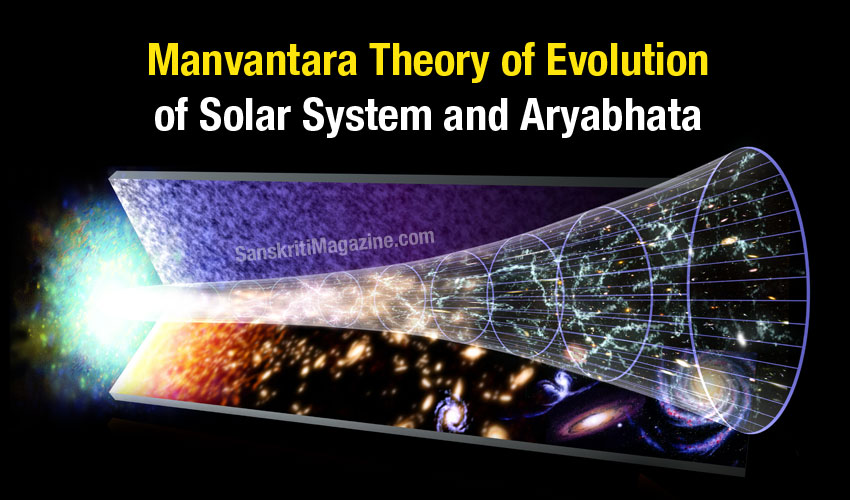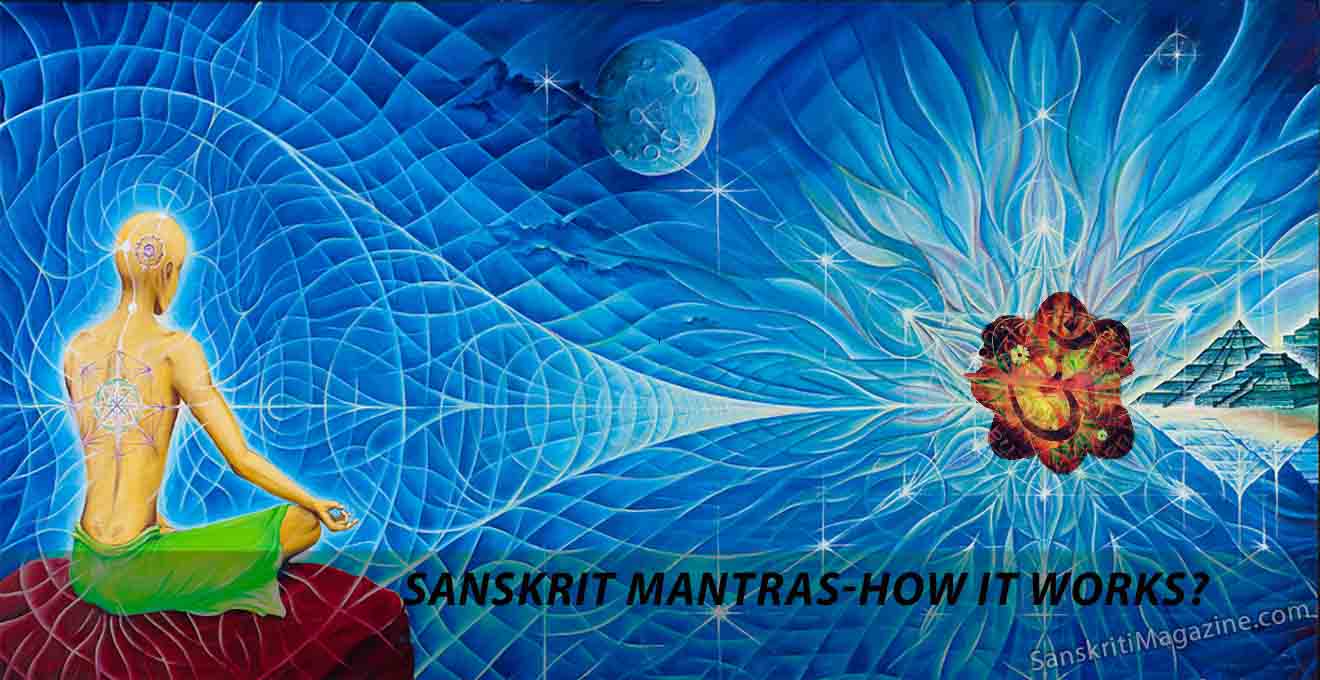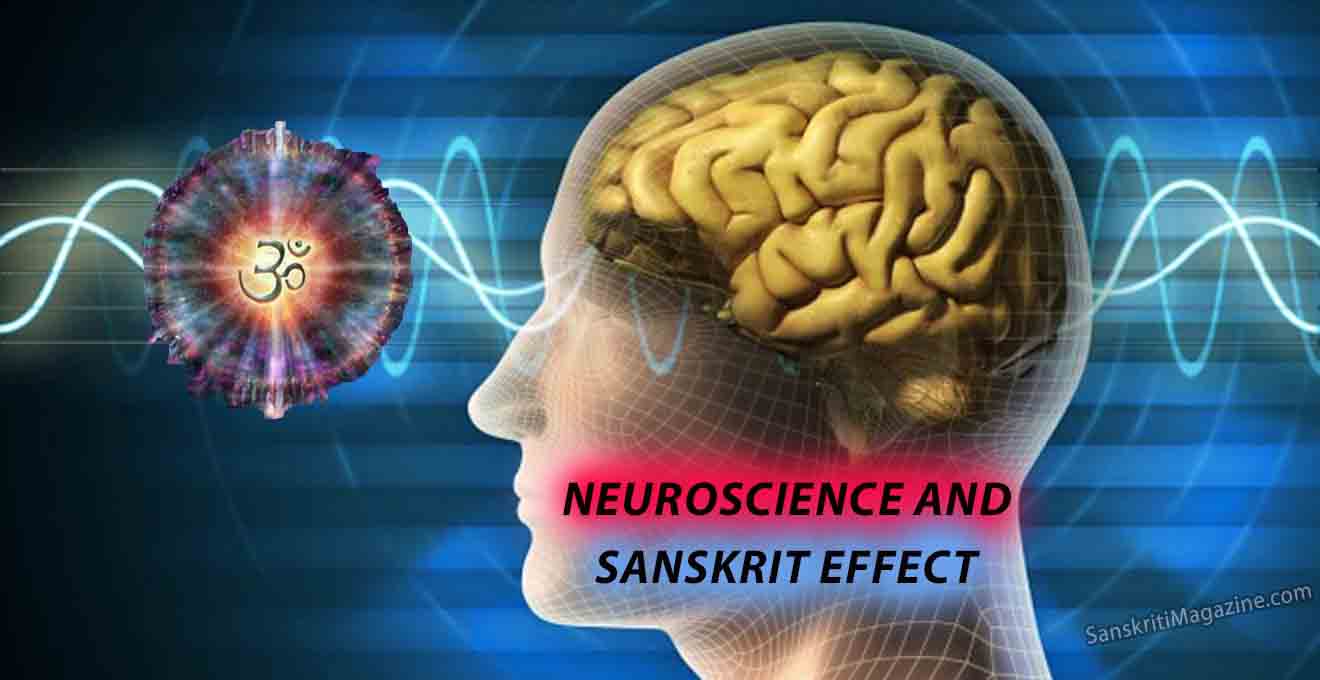Manvantara Theory of Evolution of Solar System is the result of an etymological analysis of the Manvantara names, appearing in the Puranas which are among the important religious scriptures of the Hindus. This analysis has been based by me mainly on the meanings available in Monier William’s Sanskrit-English Dictionary.
BRAHMA, VISNU AND RUDRA AS COSMIC ERAS
The Puranas state that the cycle of creation and dissolution of universe goes on endlessly. The period of creation (the Aeon) has been described in Puranas as the day of Brahma and that of dissolution as the night of Brahma. One day and one night are stated to be of equal duration of 4320 million years each. Brahmanda is the sphere (literally egg) of Brahma and his life span is equal to a hundred years, each year being of 360 days (the days includes night) of 8640 million ordinary years each. This period is equal to only a day of Visnu who has similary a full life of 100 years which in turn is equal to a day of Rudra.
It will be noted that Brahma, Visnu and Rudra are used in the Puranas, also in the sense of cosmic eras and not merely as the names of mythological gods.
MANVANTARAS
The day of Brahma (the period of order) is stated to comprise of 14 manvantaras or phases of evolution, namely; Svayambhuva, Svarocisa, Uttama, Tamasa, Raivata, Caksusa, Vaivasvata, Savarni, Daksa-Savarni, Brahma-Savarni, Dharma-Savarni, Rudra-Savarni, Ruci-Savarni and Bhouma-Savarni.
The Puranas divide a man into 71 caturyugas or mahayugas and a mahayuga into 4 yugas, namely, Sat-yuga, Treta-yuga, Dvapara-yuga and Kali-yuga. They also say that Brahma`s day actually comprises of 1000 mahayugas at the end of which there is pralaya or whole-sale dissolution of the planets and the Sun. Then the matter lies inert for 4320 million years and, thereafter, universe starts evolving again exactly in the same manner of earlier Kalpa (Aeon).
The present cycle of creation of universe started, according to Puranas, 1972949076 years ago or about 1973 million years before present (M.Y.B.P.) and by now, 6 manvantaras, namely; Svayumbhuva, Svarocisa, Uttama, Tamasa, Raivata and Caksusa and27 caturyugis of the seventh manvantara have elapsed and at present we are passing through the Kali-yuga of the 28th caturyugi of the said Vaivasvata manvantara.
The word manvantara is made of two words “Manu” and “antara” which literally means difference between the two Manus. Manu, according to Puranas, is an element which presides over one manvantara covering 306,720,000 years. Taking into account the periods of transition, this duration works out to about 308.6 million years. On this basis, first seven manvantaras may be allotted the following periods of time:
| 1. | Svayumbhuva | Manvantara | 1973 – 1665 | M.Y.B.P. |
| 2. | Svarocisa | Manvantara | 1165 – 1356 | M.Y.B.P. |
| 3. | Uttama | Manvantara | 1356 – 1047 | M.Y.B.P. |
| 4. | Tamasa | Manvantara | 1047 – 738 | M.Y.B.P. |
| 5. | Raivata | Manvantara | 738 – 429 | M.Y.B.P. |
| 6. | Caksusa | Manvantara | 429 – 120 | M.Y.B.P. |
| 7. | Vaivasvata | Manvantara | 120 – | M.Y.B.P. to the present day |
MANVANTARA THEORY OF EVOLUTION OF SOLAR SYSTEM
Manvantara Theory aptly describes in symbolical language how formation of Solar System might have taken place. Although there are many scientific theories regarding the manner of emergence of Solar System, yet all of them can be “divided into two broad categories”:
- Those which favour a gradual evolutionary process, and
- Those associated with hypothetical encounter of the Sun with a Star in the distant past
Manvantara Theory of Evolution is in agreement with the first category of theories and to be more exact with the Proto-planet Theory.
The story of manvantaras is the story of creation through symbol and my interpretation thereof presents a coherent picture of evolution of Solar System and the Earth and life thereon etc., which compares favourably with the scientific views on the subject as regards:
- The sequence of events in evolution of the Solar System.
- The formation of Solar System thousands of millions of years ago.
- The emergence of Man millions of years ago.
- The ultimate dissolution of the Earth and the Sun.
- The time of emergence of conspicuous life in abundance.
- The fact that manvantaras compare, in a general sense, with geological eras.
The first seven phase of evolution of Solar System which have already been witnessed as per the Manvantara Theory of Evolution are discussed in the following paragraphs.
MATTER EVOLVED INTO SOLAR SYSTEM – (1973 – 1665 M.Y.B.P.)
Svayumbhuva manvantara is the first phase of evolution. It was preceded by a long night of 4320 million years, when there was neither Heaven nor Earth and neither day or night. There was nothing but void which alone was everywhere. Then something happened with a sound or word of gharr-gharr… as if the wheel of creation was started. The long night was followed by a twilight of nebula which ultimately gave rise to the formation of a huge disk of revolving nebula. This happened just automatically without any ostensible reason. The wheel of creation was, thus, the result of self-generating activity and, therefore, the name of this phase was given, by the authors of the Pauranic story as Svayumbhuva (Svaa-yam-bhuva) which literally means “of Svanyambhu” (Sva-yambhu) or self-generating.
SUN ASSUMES SELF-SHINING QUALITY (1665 – 1356 M.Y.B.P.)
The second manvantara is Svarocisa (Svaa-ro-Chisa). The word “Svarocisa” literally means “of or pertaining to self-shining”. We know that Sun is self-shining. In this phase the revolving nebula got heated up and started burning by its own force. The disk, thus, became a self-shining object at this stage which was to develop later into the golden-yellow Sun we see today.
SUN BECOMES GOLDEN-YELLOW (1356 – 1047 M.Y.B.P.)
In the third manvantara, this self-shining object, i.e., the Sun came to have the optimum size and the temperature so as to be able to maintain its family of planets. This was apparently the best stage of development and chief purpose of its formation from the living creatures’ point of view. Therefore, the authors of manvantara story gave to this phase the most appropriate name of uttama, meaning the “chief, the highest, the best”, since it was during this manvantara that the Sun became a full-fledged Star. The Pauranic references also show a definite connection between Uttama and a star, since Dhurva, the Pole Star has been described as the step-brother of Uttama.
ERA OF DARKNESS (1047 – 738 M.Y.B.P.)
Tamasa (Taa-mas) is, the next manvantara. The word tamasa means “of darkness”. This is the phase when for the first time the phenomenon of darkness began on Earth and with reference to Earth, the occurrence of day and night began, the Earth got solidified and lost its earlier self-shining quality, it started throwing umbra, era of eclipses began and when the earth-surface also remained dark because of a constant rain of meteorites lasting for millions of years.
FORMATION OF OCEANS AND MOUNTAINS ETC. (738 – 429 M.Y.B.P.)
In the next stage, the Earth witnessed very heavy and constant rainfall lasting for millions of years, when the sky always remained overcast with clouds, when rivers, lakes, oceans and mountains and landmasses were formed, when the whirlwinds and whirl-pools started emerging and when the movement and jumping activity began on Earth, for the first time. This phase is named as “Raivata manvantara” because the world “raivata” definitely signifies movement, jumping, clouds, whirl-pools, rivers and mountains.
EMERGENCE OF CONSPICUOUS LIFE IN ABUNDANCE (429 – 120 M.Y.B.P.)
In the next manvantara, conspicuous life in abundance emerged everywhere. This was a natural sequence to the formation of oceans and phenomenon of rainfall repeating on Earth more or less after definite intervals. This phase could best be explained with reference to “eyes” since all living animals and birds have eyes. Casku is a Sanskrit word for an eye and caksusa (chaak-shusha) is that which is “pertaining to an eye”. Hence the title casksusa was the best suited for this manvantara.
EMERGENCE OF MAN (120 – M.Y.B.P)
The seventh phase (the present one) is known as Vaivasvata manvantara. Vaivasvata means of “Vivasvat”. The word Vivasvat means the Sun. In India, Solar dynasty of kings is one of the most ancient dynasties known to history and mythology. Puranas contain genealogies of kings and Brahmanas which start with Vaivasvata Manu. According to the story of creation of Puranas, the Vaivasvata manvantara started 120 million years ago. Hence, according to the Puranas man also emerged on Earth 120 million years ago. Although scientists’ estimate of antiquity of man goes only upto 3.75 million years’ B.P., it can be shown through the proved facts of science that 120 million years antiquity for man is not entirely impossible.
FUTURE EVOLUTIONARY PHASES
Manvantara Theory also peeps into future and predicts seven more phases until the last event of dissolution of Earth and the Sun. The account of the manner of ultimate dissolution appears fantastically scientific in character and content. The next seven stages are named Savarnis (literally of the same colour or form) with different prefixes. Savarnis indicate the possibility of recreation of humans in future otherwise than through the contact of male and female. According to the Manvantara Theory such a possibility will become a universal reality about all the human beings (and probably all conspicuous life) only after 189 million years. Then the process of mutation of the asexual creation will be continued during the future six manvantaras. The new progeny will retain the form of its parent but the process of birth would go on changing drastically after every 309 million years.
SUN TO DISSOLVE AFTER 2347 MILLIONS YEARS
The present Aeon is to last another 2347 million years after which the oceans will dry, the Earth will get burned and its atoms scattered in the cosmos and when the Sun itself will cool down and finally get dissolved to re-emerge after 4320 million years.
UNIVERSALITY OF MANVANTARA THEORY
The manvantara story is narrated practically by all the 18 Puranas in chapters normally entitled Srsti-prakarana (on creation). There is apparently no inconsistency as to the connotation of the manvantaras in different Puranas. How old can this story by, may be indicated from the fact that for numberless generations, the Puranas could be passed on from one generation to another only through oral tradition and that there is evidence to show that some of the Puranas existed in textual form as early as 5th Century B.C.
Manusmriti also mentions the first even manvantaras. Gita refers to four preceding Manus. Vedas also speak of a few Manus. Even Madame H.P. Balavatsky has discussed manvantaras in detail in her Secret Doctrine first published in 1888.
MANVANTARA THEORY AND ARYABHATA
Aryabhatta, the Indian Astronomer and Scientist of 5th Century A.D., directly supports the Manvantara Theory in his Aryabhatiya. His support is clearly borne out from the discussion that follows:
Firstly, he declared his date of birth in Aryabhatiya with reference to the present Kali-yugi calendar. Kali-yuga as we know is one of the four yugas of a catur-yugi or maha-yuga which is an important unit of manvantara.
Secondly, Aryabhata gives the duration of the yugas, the number of revolutions of the planets and the Sun and the movement of Earth in a symbolic language which indicates figures through vowels and consonants just like Numerology. The Manvantara Story has been specially narrated by Aryabhata in Verse Number 5 of Gitika-pada. The English rendering of a Hindi commentary of this verse is as follows:
One day of Brahma has 14 Manus.
One Manu consists of 72 Maha-yugas.
Six Manus of the current day of Brahma have already elapsed.
Twenty seven Mahayugas of the seventh Manu have also passed.
Satya-yuga, Treta-yuga and Dvapara-Yuga of the 28th Maha-yuga are also over.
Kali-yuga started on Friday at the end of Dvapara-Yuga when Kuruksetra was fought.
It will be seen from this rendering that according to Aryabhata a manvantara has got 72 mahayugas (instead of 71 as per Puranas) and 1008 mahayugas (instead of 1000 as per Puranas) are there in a day of Brahma. Aryabhata does not, unlike Puranas, assume transition period between two manvantaras.
Thirdly, he says that Brahma`s day signifies the period during which the Sun remains in existence, and that Brahma`s seeing of the Sun in his day and his not seeing of the Sun is his night.
Fourthly, he favours the view that time is without beginning or end adding that the planets and stars always continue their movement in the sky.
Fifthly, Aryabhata like Puranas talks of a divine year being 360 times bigger than the year of human beings. He also speaks of conjunction of all the planets at the beginning of a mahayuga covering 4320000 years, thus giving the manvantara story, an astronomical base. Aryabhata does not claim credit for this theory and even for his treatise. He concludes his book by saying that he himself is the author of Aryabhatiyam only in name otherwise it is `Brahma-Siddhanta`, i.e., based on the principles enunciated by Brahma. This apparently emphasizes very remote antiquity of manvantara story.
Similarly, Aryabhata does not claim any intuitional powers for being able to write his treatise. He specifically says that whatever has been said by him is based on calculations. This fact raises a question as to who evolved so sound mathematical formulae, when and how? Obviously, the answer lies buried in the depth of time.
CONCLUSION
Thus, there is a prima-facie case for examination of Manvantara Theory by eminent scientists. Manvantara Theory’s special status for deserving a consideration of the eminent scientists rests on two points:
- Manvantara Theory is based on the story of creation as given in the Puranas which are among the important Hindu scriptures and to which a presumption of truth attaches for an orthodox Hindu provided the concerned statement is not inconsistent with the Vedas. The Vedas themselves mention a few Manus and they do not say anything to contradict the Manvantara Theory.
- It has been supported by Aryabhata, the astronomer after proper scrutiny which fact is borne out by the fact that he questioned some of the assumptions regarding the number of catur-yugis in a manvantara and the periods of transition between yugas and manvantaras. Brahmagupta charged his treatise as being smrti-bahya (opposed to the smrti).
The Manvantara Theory of Solar System, thus, finds full support from Aryabhata and what has been postulated or supported by Aryabhata deserves to be examined by the top scientists of the world in deference to his memory and as a courtesy to his great personality. This will be a befitting tribute to him because a great significance and trust-worthiness attaches to the things supported by him. Therefore, though the Manvantara Theory of Evolution, has been shown by me to be having a definite scientific basis, Aryabhata’s support to it must come to us as one of the biggest arguments in favour of its further scrutiny by the scientists for the benefit of the thinking population of the world. And such a scrutiny by the scientists will be in the nature of a homage to the unfading memory of Aryabhata.
~ Presentation to Indian National Science Academy in November 1976 by Dr. S. L. Dhani, Retd., Ex-Commissioner and Secretary to Haryana Government
Letter written by Srila Prabhupada can be seen HERE











